Two plants evoke Tuscany and home for me: the mulberry tree and the caper bush.
When I picture the Florentine countryside, I see an old farmhouse at the top of a hill, vineyards and olive groves scattered everywhere, with oak woods and bumpy and windy roads. And there’s always a huge mulberry tree standing alone in the courtyard beside the house.
I grew up in a house like this.
The classic Tuscan farmhouse, called ‘casa colonica’ in Italian, was originally the home of a farmer and his family. They didn’t own the land or the house — they were sharecroppers. This arrangement started in the Middle Ages and didn’t end until 1960, when it was replaced by renting the land.
Some of these case coloniche have been restored into beautiful villas, but you can still spot a centuries-old mulberry tree in the garden.
Why mulberry trees? In the 15th and 16th centuries, Tuscan farmers practiced “sericulture,” raising silk worms for silk as a way to increase families’ earnings.
The mulberry tree was the only source of food for silk worms. Over the winter the trees were brutally pruned so they'd produce lots of tender leaves. Then starting in spring, the women and children would collect and clean the leaves, chop them finely, and place them on top of the wooden mesh where the silk larvae lived, stored in a cooler part of the house. Once the larvae made cocoons, they were collected and dumped into boiling water to extract the silken thread to be sold at the market.
This practice shrank and then disappeared between the two world wars because of competition with Asian silk and the invention of synthetic fabrics like rayon.
By the time my grandparents bought our family’s farmhouse, nobody was raising silkworms, but our house still has a huge mulberry tree in the courtyard, and I have so many memories connected with this tree.
On hot summer days, my grandma would say to me ‘ let’s go sit under the mulberry tree, it’s cool there’. She was right. I remember her sitting on a yellow reclining chair reading a book while I collected white mulberries that had fallen from the tree. They were pale yellow, sweet, plump, juicy, and delicious. Only now that I’m an adult do I appreciate how lucky I was to have that experience. Mulberries are still one of my favorite fruits.
Last year I was visiting my family back home in Tuscany. We stayed near an old farmhouse. There was of course, a huge centuries-old mulberry tree in the yard. Every time we walked by, my toddler begged me to lift him up so he could pick red mulberries from the tree himself.
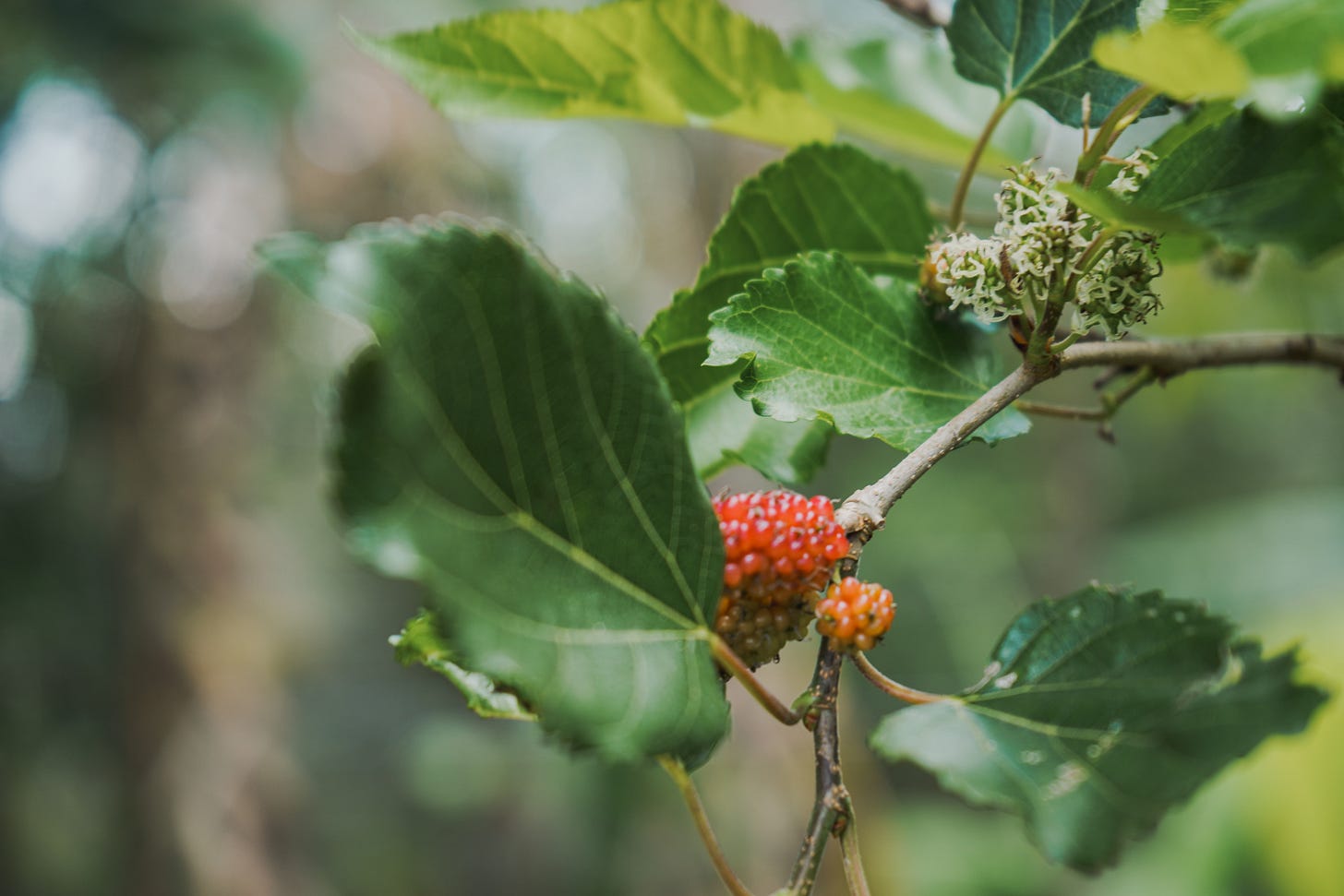
The second plant is the caper.
The courtyard of the house where I grew up was separated from the field beyond by a stone wall. Every spring caper bushes would grow out from the wall. When the flower buds were about to bloom my grandma would harvest them, then put them on a paper tray on top of the wall to dry in the hot sun for a few days. Then she would pickle them in white vinegar.
Every summer, I would watch her from my second floor window, as she stood on her tippy toes, reaching for the buds. She was a skilled forager! She was very short, and the bushes that were too high for her to reach would later bloom, producing gorgeous flowers, with white petals and long pink pistils.
Later she would bring me a tiny jar full of pickled capers. I loved to stick my fingers inside the jar and eat them straight away. The taste was so strong! Salty and vinegary and so good with sliced tomatoes, hard boiled eggs, and lots of olive oil. Perfect for those hot days when no one wants to cook.
Caper bushes are everywhere in Tuscany. You don’t even need to be in the countryside. If you walk through the San Niccolò neighborhood in Florence, you’ll see caper bushes growing out of the ancient stone walls in spring and summer.
When I moved to Oregon, my husband ordered caper plants and planted them between the rocks in our garden. Every summer when they bloom, it reminds me of home and of my childhood.


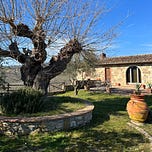


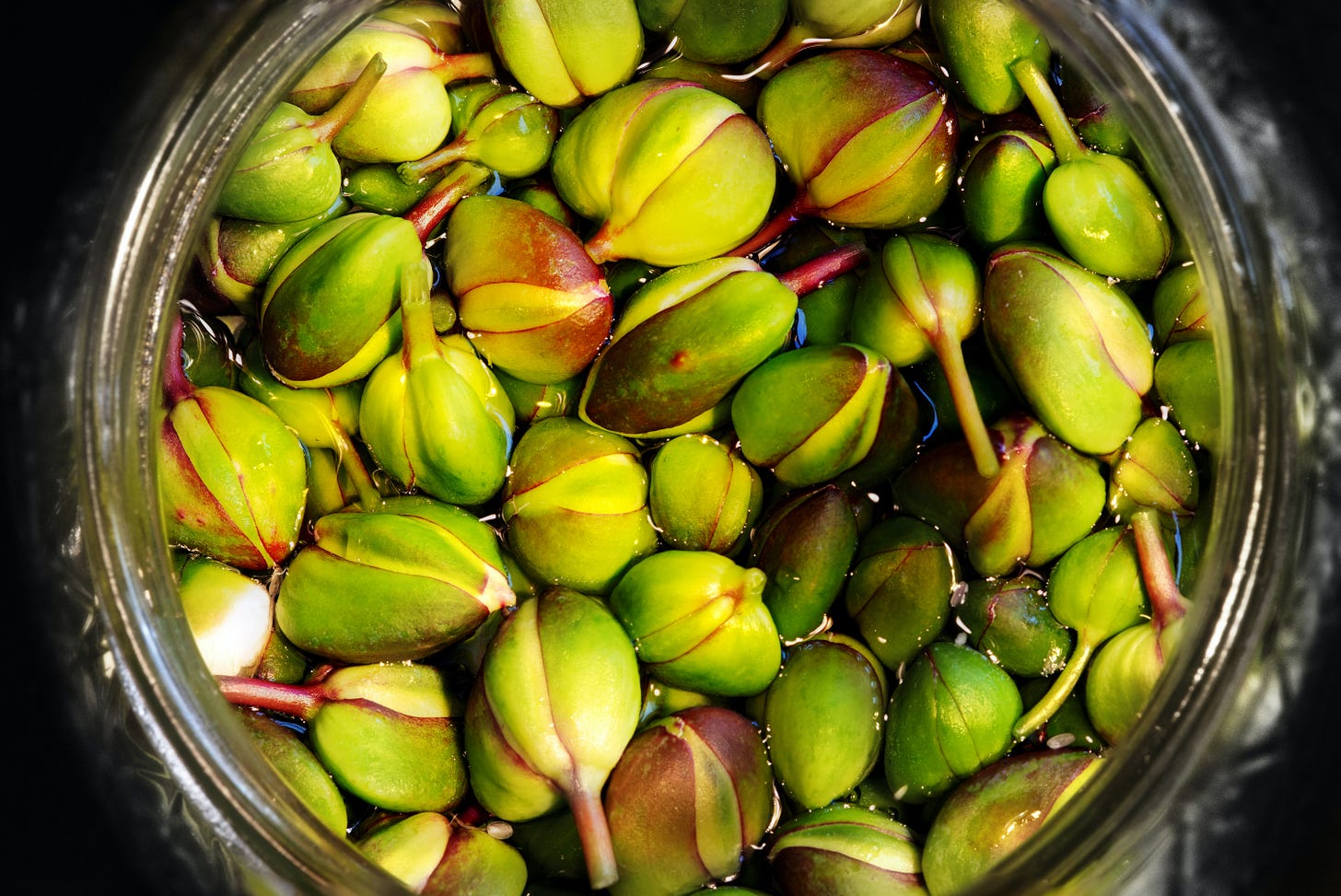


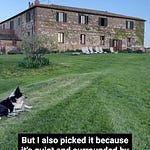



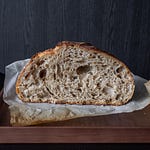


Share this post